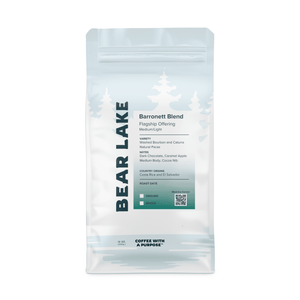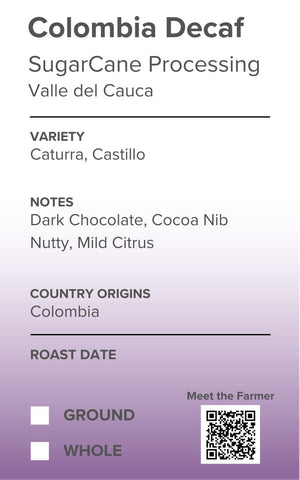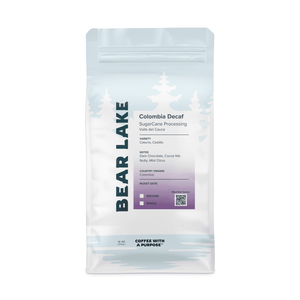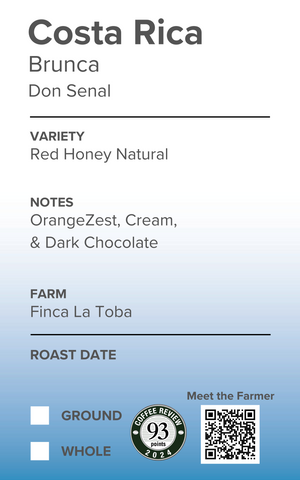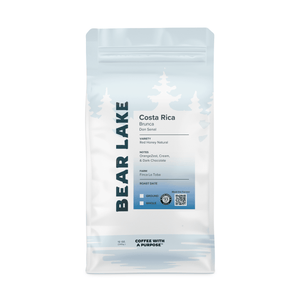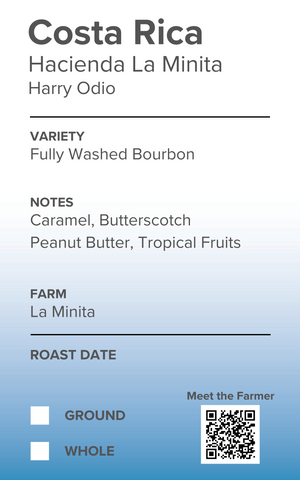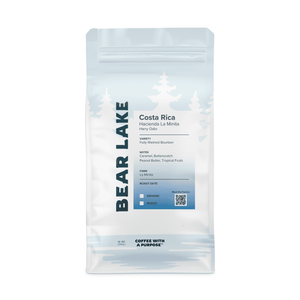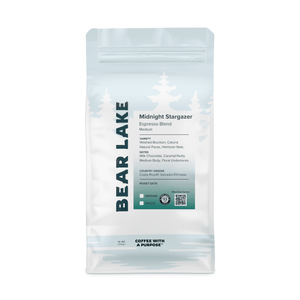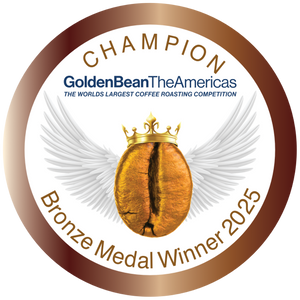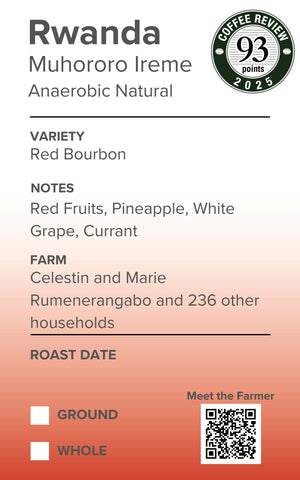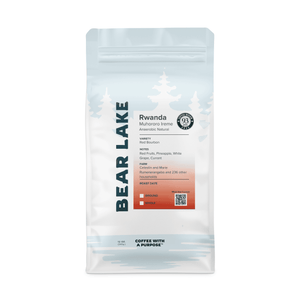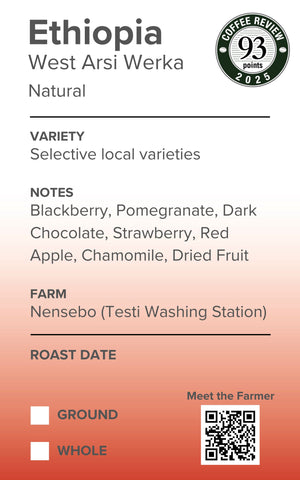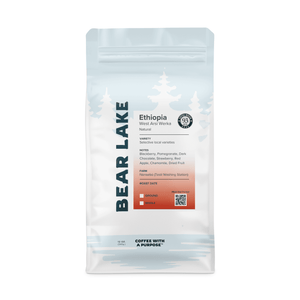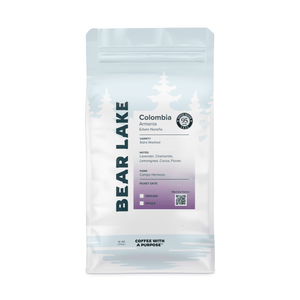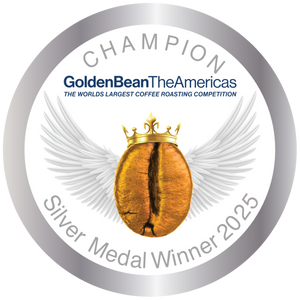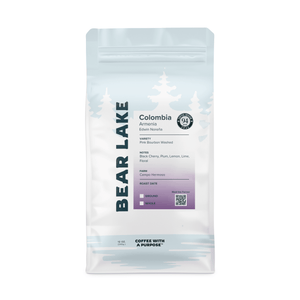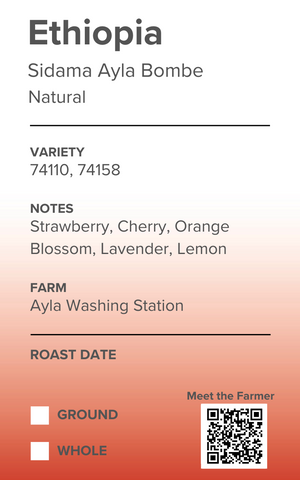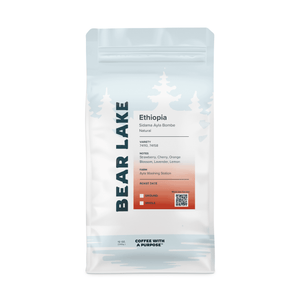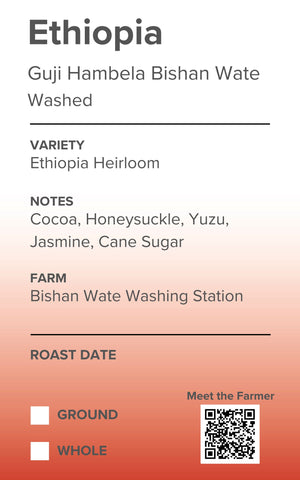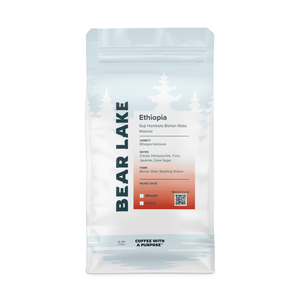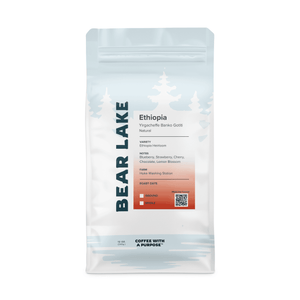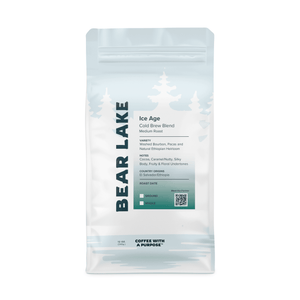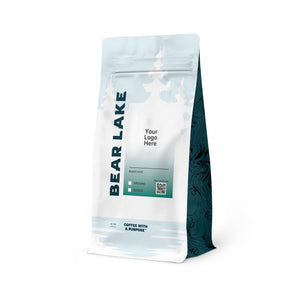Colombia SugarCane Decaf Transparency Report

Valle del Cauca Coffee Beans
Valle del Cauca is one of Colombia’s vital conservation corridors, where farmers protect natural resources, water, and biodiversity. Nestled between Tatamá National Park and the UNESCO-listed Serranía de los Paraguas Coffee Cultural Landscape, the region’s farms practice agroecology and community-based ecotourism. With altitudes from 1,700–2,100 masl, the valley’s mountains provide a stable microclimate year-round.
Sugarcane Decaf Process
Colombia’s sugarcane-based decaffeination uses ethyl acetate, a natural compound derived from fermented molasses. Beans are steamed, then soaked in a water–ethyl acetate solution that bonds with chlorogenic acids to remove up to 97% of caffeine, while preserving flavor.
Colombian Coffee
Over half a million families grow coffee across Colombia’s volcanic ranges. As the world’s third-largest producer, Colombia delivers year-round harvests from 16 regions, offering remarkable diversity, freshness, and consistently high quality.
COFFEE INFORMATION
|
Origin: |
Colombia |
|
Variety: |
Castillo, Caturra |
|
Process: |
Washed |
|
Factory: |
EA Decaf Plant |
|
Region: |
Val Del Cacua |
|
Farmers: |
Various Smallholders |
|
Processing Mill: |
n/a |
|
Drying Practices: |
n/a |
|
Elevation (MASL): |
1750 |
|
Origin Cup Score: |
84.5 |
Farmer-first Information
We take a farmer-first approach, partnering with family-owned farms to ensure fair compensation and thriving communities. Coffee isn’t just a crop—it’s a livelihood. Since most of the world’s coffee comes from families, not corporations, every bag we share reflects their dedication, sustainable practices, and craft—making each sip unique and meaningful. We also push for full transparency on farm gate pricing—the price paid directly to farmers—to ensure they reap the rewards of high-quality production and sustainable agriculture.
|
Farmer/Producer Relationship Length: |
2 Years |
|
Farmgate Price (per lb paid to farmer): |
n/a |
|
FOB Price (per lb paid to exporter/importer): |
$6.19 |




